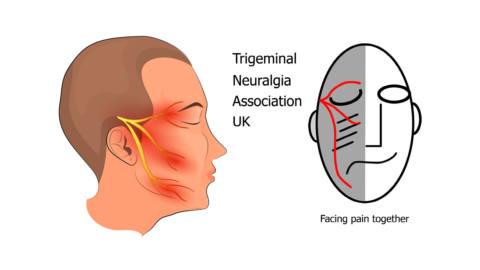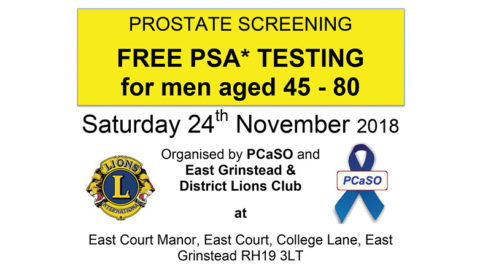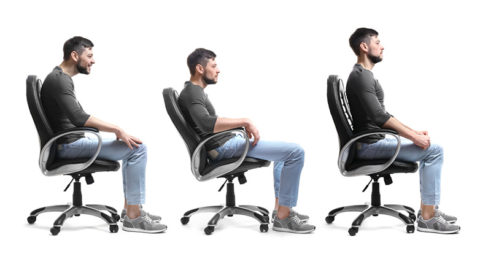Treating You At Home

Whether you are resting and recuperating from surgery, you do not have transport or just prefer to receive treatment at home, many healthcare providers will treat you at home. The number of care givers able to treat you at home has grown in recent years, and as a result there are few areas not covered by Practitioners.
[one_third]AudiologistAn audiologist can diagnose, manage and treat hearing problems by the use of technology and procedures to determine the extent of any hearing damage or loss, and identify the underlying cause. The audiologist will begin by taking a full medical history from you before conducting a test of your hearing and your ears. There are many causes of hearing loss from the build-up of wax in the ears to age-related hearing loss, and an audiologist will be able at the end of your first appointment to discuss their findings and decide on a treatment for you. Treatment can vary from something as simple as arranging for you to have wax removed from your ear canals, to the fitting of hearing aids.[/one_third] [one_third] Osteopath
Osteopaths can treat a wide range of health problems, from general back pain and postural problems caused by work, sports injuries, or issues such as a result of arthritis or pregnancy. During an initial appointment with an osteopath which will generally last around an hour, the osteopath will ask you questions about your condition, your long-term medical history and any medication you may be taking. They will then carry out a full-examination, from this initial thorough appointment, they will determine an ongoing, individual treatment plan for you. [/one_third] [one_third_last]
Podiatrist Or Chiropodist
A podiatrist or chiropodist treats conditions effecting your feet and lower limb region, but they can also assist you to keep active and mobile, relieve pain and treat infections. At your first appointment with a podiatrist or chiropodist which will last between 30 – 60 minutes, the practitioner will take a full medical history from you, check your blood circulation and feeling in your feet. They may also assess the way you move your lower leg joints before formulating a treatment plan for you. In this first appointment, the practitioner is likely to get to work on minor but irritating foot ailments and conduct treatment such as the removal of any hard skin or corns, and the clipping of any long nails.
By Jacob White






